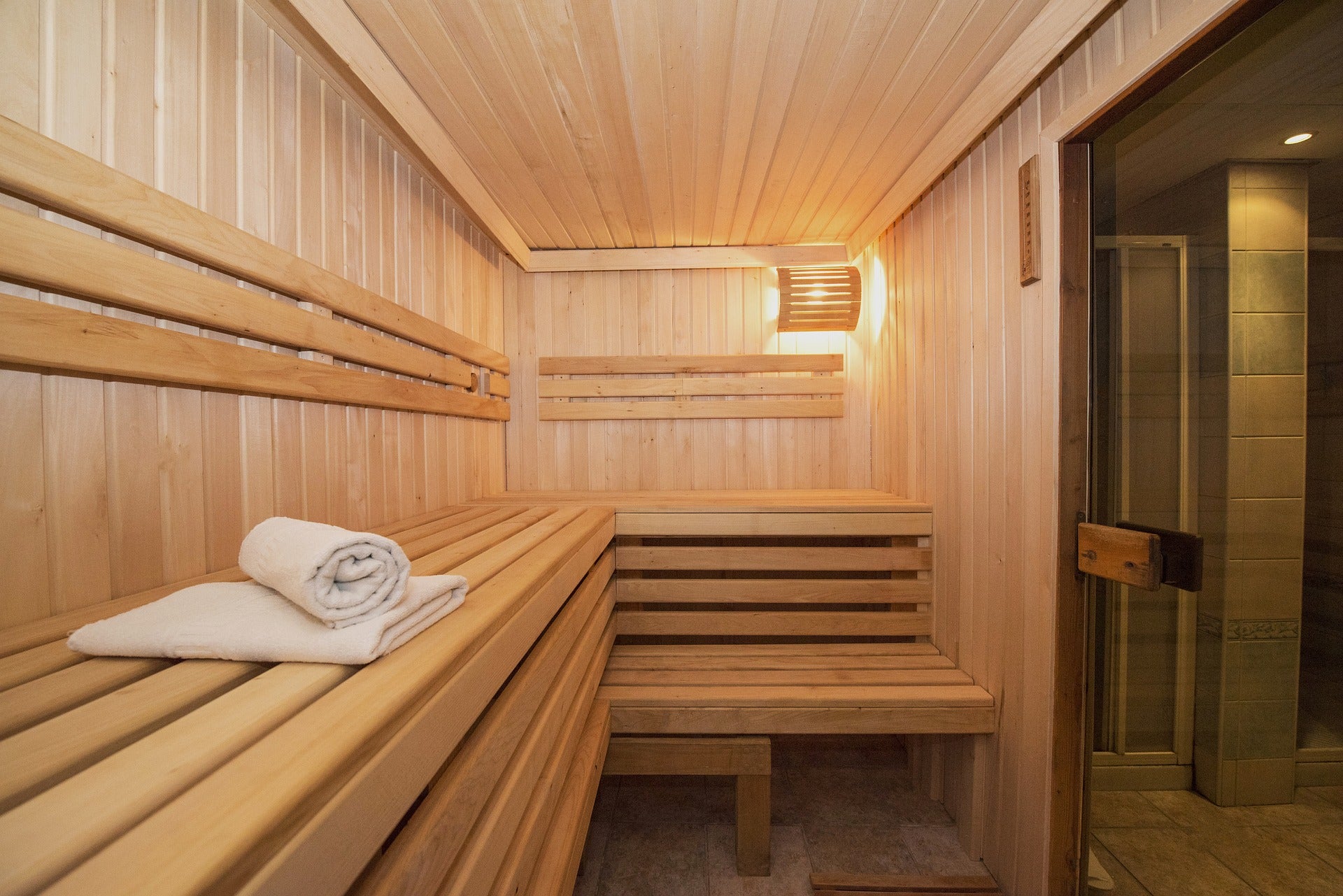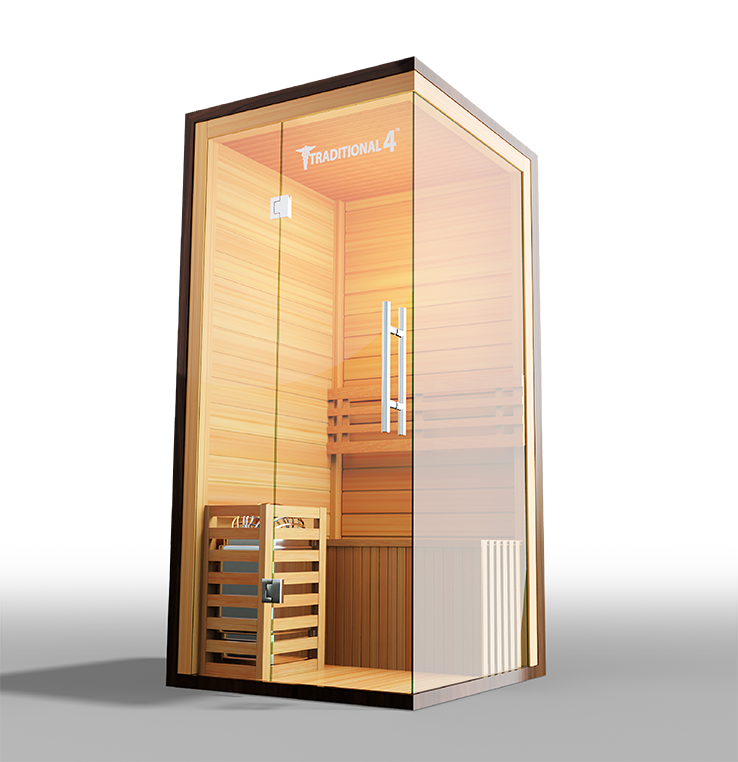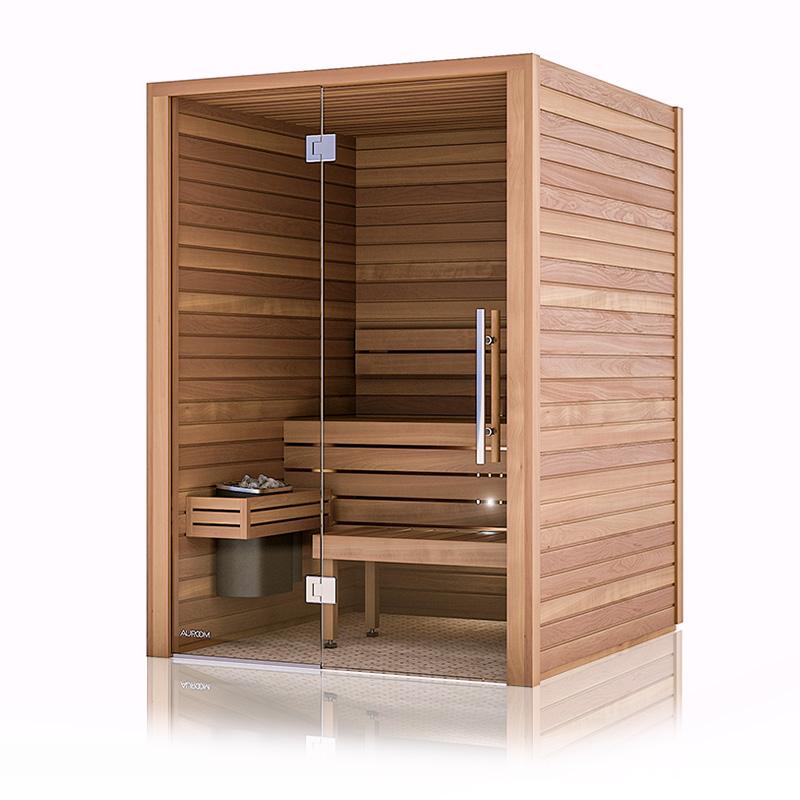The Main Principles Of Traditional Sauna
The Main Principles Of Traditional Sauna
Blog Article
Not known Facts About Traditional Sauna
Table of ContentsNot known Incorrect Statements About Traditional Sauna The smart Trick of Traditional Sauna That Nobody is Talking AboutGetting The Traditional Sauna To WorkMore About Traditional Sauna
Most of the weight lost in a sauna is water loss and is re-gained upon rehydrating. Without an uncertainty sauna can be a vital component of a healthy and balanced weight loss program. To check out the differences between conventional and IR saunas, I will certainly separate these into proven, academic, and made distinctions.Therefore, the hottest factor in the saunawhich goes to the ceiling directly above the sauna heateris typically in between 185 and 190 F. Traditional Sauna. Claims that a traditional sauna surpasses 200 F is just not true and not relevant for electric saunas offered in the US. The temperature level for a far-infrared sauna is normally set between 120 and 140 F; nonetheless, unlike the standard sauna, the goal in and IR room is not to attain a high temperature
Due to this, the temperature level difference is nearly pointless, because profuse sweating causes both sauna kinds, however the approach of heating the body is various. In an IR sauna the bather will feel warm and will sweat profusely, however at much lower temperature levels. Thus, if the goal is to spend longer amount of times in the sauna, the IR sauna is a good option.

An Unbiased View of Traditional Sauna
When the heat is achieved, the elements cycle on and off to maintain the high temperature. Many typical sauna users delight in pouring water over the rocks to create vapor to raise sauna humidity degrees. The benefits of pouring water over the rocks include: making the space a lot more comfy, moistening the nasal passages, and allowing the usage of aromatherapy by blending vital oils with the water.
In a far-infrared sauna, the heat waves permeate the body to successfully warm the body and raise the body core temperature level. To achieve this raised temperature level, Far-infrared emitters develop infrared power which is close to the very same wavelength as that which the body normally emitsoften described as the "Essential Array" of 7 to 14 microns), so the power is well gotten by the body.
When the energy goes into the body, it causes the body temperature to raise and ultimately causes perspiration. In an infrared sauna it's crucial for the emitters/heaters to stay on practically frequently. Since there is no mass of rocks to preserve warm, the sauna will cool if the emitters shut off.
As mentioned over, the sauna bather in an infrared space intends to position himself in front of running emitters to get optimal take advantage of the warmth. The heating time for the two areas can be extremely different, depending on just how the rooms are made use of. For a typical sauna, a bather needs to allow 30-40 minutes for the room to attain a preferred temperature level and to appropriately pre-heat the click to read more rocks.
Get This Report on Traditional Sauna
A well created sauna will usually attain a temperature of 150-160 F in concerning 30-40 mins. For hotter temperature levels, the room may need to warm for a longer duration.
To some, 15 mins was "wasted" while the infrared energy heated up the timber panels instead of heating up a body, while others discover a pre-heated space to be a lot more comfortable and think a raised beginning temperature level is needed to start perspiring. The length of recommended use for every area is approximately the same (10-15 minutes per session); however, because of the reduced air temperature levels and the capability to really feel the effects of infrared warm quicker than a typical sauna, it is not unusual for an individual to invest a total amount of 20-30 mins in an infrared sauna.
Traditional saunas tend to be bigger (thus utilize more electrical power) than infrared saunas, although conventional saunas are definitely readily available in one and 2 person sizes too. For a two-person conventional sauna, 5x6 or 5x7 dimension is most popular. The leading bench can easily seat two or 3 individuals and is additionally enough time to lie down throughout the sauna session.


The ordinary expense per kWH of electricity in the united state is around $0.11, so a 4.5 kW heater will certainly set you back roughly $.50 to compete one hour, if the heater runs continually for one hour. Usually a sauna heating system will compete 75% of the first hour and 50% of succeeding hours on since the aspects cycle once the set temperature level is achieved.
Examine This Report on Traditional Sauna
A 2 individual far-infrared room is typically literally smaller sized than a standard sauna, often concerning 4' x 4' or smaller. The IR home heating system is usually 1.5-1.7 kW using a 120 volt 15 amp plug-in service. site here Since the area can be used earlier than a sauna area, we will certainly assume the space is utilized for to of an hour including warm up time.
There is a seldom talked about difference in the social experience between the 2 areas. While our culture has actually lost some of the social benefit of the standard sauna experience, it can be really socially fulfilling. From family members time in the sauna, to heart-felt discussions with loved ones, to sauna partiesthe conventional sauna experience can result in intimate interacting socially.
A lot of higher end infrared areas consist of colored light why not look here treatment, sound systems and full-glass fronts.
Report this page